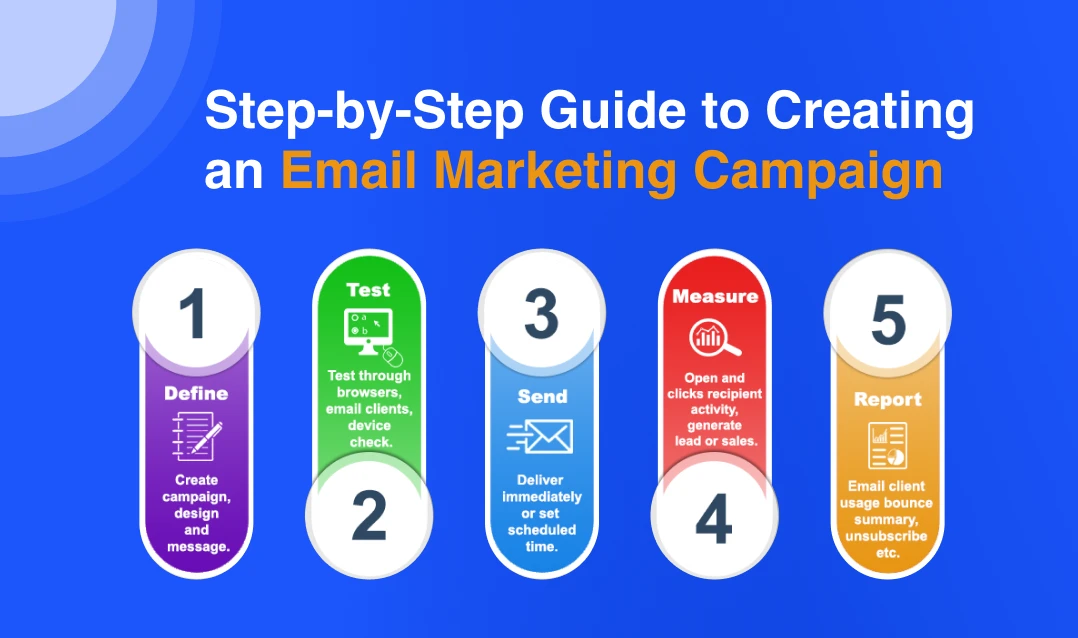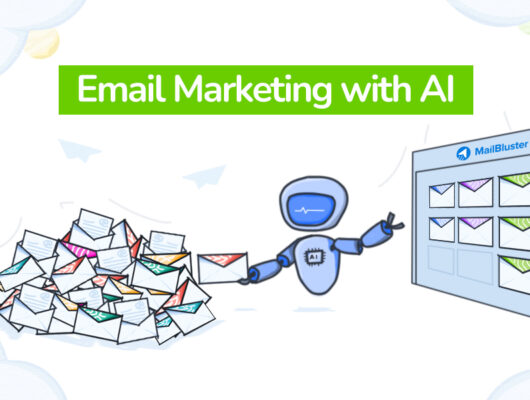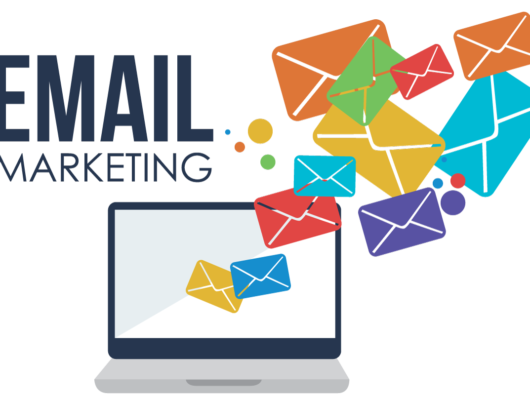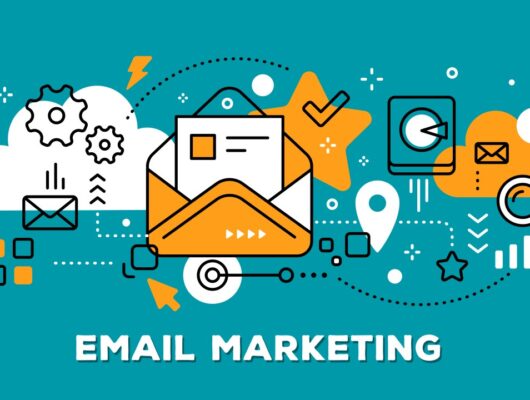Email marketing remains one of the most powerful tools for businesses to engage with their audience, build relationships, and drive conversions.
However, to truly harness the potential of email marketing, it’s essential to regularly analyze campaign performance.
A well-structured analysis can help identify areas for improvement, optimize future campaigns, and ensure that emails are effective in achieving their goals.
In this article, we’ll break down the steps for conducting a comprehensive email marketing campaign analysis.
1. Understanding Campaign Goals
Before diving into the numbers, it’s crucial to revisit the objectives of your email campaign. Understanding the goals allows you to measure success effectively. Common goals for email campaigns include:
- Brand Awareness: Introducing new products, services, or initiatives.
- Lead Generation: Building a list of potential customers or subscribers.
- Customer Engagement: Encouraging interactions with the brand through content or offers.
- Sales Conversion: Driving direct sales or purchases.
- Customer Retention: Strengthening relationships with existing customers through loyalty programs or personalized offers.
Each goal will have different success metrics and KPIs (Key Performance Indicators), so clearly defining the goal is the first step.
2. Key Metrics to Track in an Email Marketing Campaign
Analyzing your email marketing campaign requires looking at several key metrics, including:
- Open Rate: This metric measures how many people opened your email. It gives an indication of how effective your subject lines and preview text are in capturing attention.
- Benchmark: A good open rate typically ranges between 15% and 25%, depending on your industry.
- Click-Through Rate (CTR): The percentage of recipients who clicked on one or more links within your email. This indicates how engaging and relevant your content is to your audience.
- Benchmark: CTR averages around 2% to 5%, but it can vary by industry.
- Conversion Rate: The percentage of people who completed a desired action (e.g., making a purchase, signing up for a webinar) after clicking a link in your email. This is perhaps the most important metric for measuring ROI.
- Benchmark: Conversion rates can range from 1% to 10%, depending on the offer and the campaign type.
- Bounce Rate: This represents the percentage of emails that were not delivered to recipients’ inboxes. High bounce rates can indicate issues with your email list quality or deliverability.
- Benchmark: Aim for a bounce rate of less than 2%.
- Unsubscribe Rate: The percentage of recipients who opted out of receiving future emails. A high unsubscribe rate could point to irrelevant content or email fatigue.
- Benchmark: The average unsubscribe rate is typically around 0.2% to 0.5%.
- Spam Complaint Rate: The percentage of recipients who marked your email as spam. A high spam complaint rate can harm your sender reputation and deliverability.
- Benchmark: Keep this rate under 0.1%.
3. Segmenting Your Email List for More Accurate Insights
One of the most powerful tools in email marketing is segmentation. By dividing your email list into smaller, more targeted groups, you can get more precise insights into how specific audience segments are responding to your campaign.
Consider segmenting your list based on factors such as:
- Demographics: Age, gender, location, etc.
- Purchase History: Previous customers vs. new leads.
- Engagement Level: Active subscribers vs. inactive ones.
- Lifecycle Stage: New subscribers, potential customers, and loyal customers.
By analyzing how different segments perform, you can adjust your messaging to better cater to each group.
4. A/B Testing for Optimized Campaigns
A/B testing (or split testing) is an essential tool for refining email campaigns. By testing two variations of an email, you can determine which version performs better in terms of open rates, click-through rates, and conversions.
Common elements to A/B test include:
- Subject Lines: A/B testing different subject lines is one of the most effective ways to improve open rates.
- Email Content: Test different calls to action (CTAs), images, or even the tone and style of your copy.
- Send Times: Experiment with different sending times and days to find the optimal window for your audience.
Running continuous A/B tests will provide valuable insights into what resonates with your audience and help refine your future campaigns.
5. Analyzing the User Journey and Behavior
Understanding how your email fits into the larger customer journey is crucial for analyzing its effectiveness. Here’s how you can map out the process:
- Pre-Email Behavior: Look at how your audience interacted with previous campaigns. Have they clicked on similar offers or visited your website before?
- Post-Email Engagement: Analyze how recipients engage with your website after receiving the email. Did they land on the right pages? Did they complete the desired actions, or drop off midway?
- Conversion Funnel: Track the performance of your email in relation to the entire sales funnel. If open rates are high but conversions are low, the problem may lie in your landing page or the offer itself.
6. Optimizing for Mobile Users
With more than half of all emails being opened on mobile devices, it’s critical to ensure that your emails are optimized for mobile users. This includes:
- Responsive Design: Ensure your emails automatically adjust to different screen sizes.
- Short, Engaging Subject Lines: Mobile devices display fewer characters in the subject line.
- Clear Calls to Action: Make sure your CTAs are easy to click on smaller screens.
7. Tracking ROI: Is Your Email Marketing Campaign Profitable?
Ultimately, the effectiveness of an email marketing campaign should be measured by its return on investment (ROI). To calculate ROI:
ROI=Revenue from Email Campaign−Cost of CampaignCost of Campaign×100ROI = \frac{{\text{{Revenue from Email Campaign}} – \text{{Cost of Campaign}}}}{{\text{{Cost of Campaign}}}} \times 100
For example, if your campaign generated $10,000 in revenue and cost $1,000 to run, your ROI would be 900%.
8. Actionable Insights and Continuous Improvement
Once you’ve collected and analyzed the data, the next step is turning these insights into actionable strategies. Based on the results, you can:
- Refine your email list and segmentation strategies.
- Improve your subject lines, content, and design based on what resonates with your audience.
- Adjust your sending frequency and timing for maximum engagement.
- Implement follow-up strategies for cart abandonment or incomplete conversions.
Email marketing is not a one-time effort; it’s an ongoing process of optimization and adaptation to the needs of your audience.
Conclusion
Effective email marketing is all about continuous improvement. By thoroughly analyzing your campaign data, segmenting your audience, testing different approaches, and optimizing for mobile, you can drive better results.
Remember, email marketing isn’t a static strategy—it evolves with your audience’s preferences, and your ability to adapt and learn from campaign insights will determine your long-term success.







